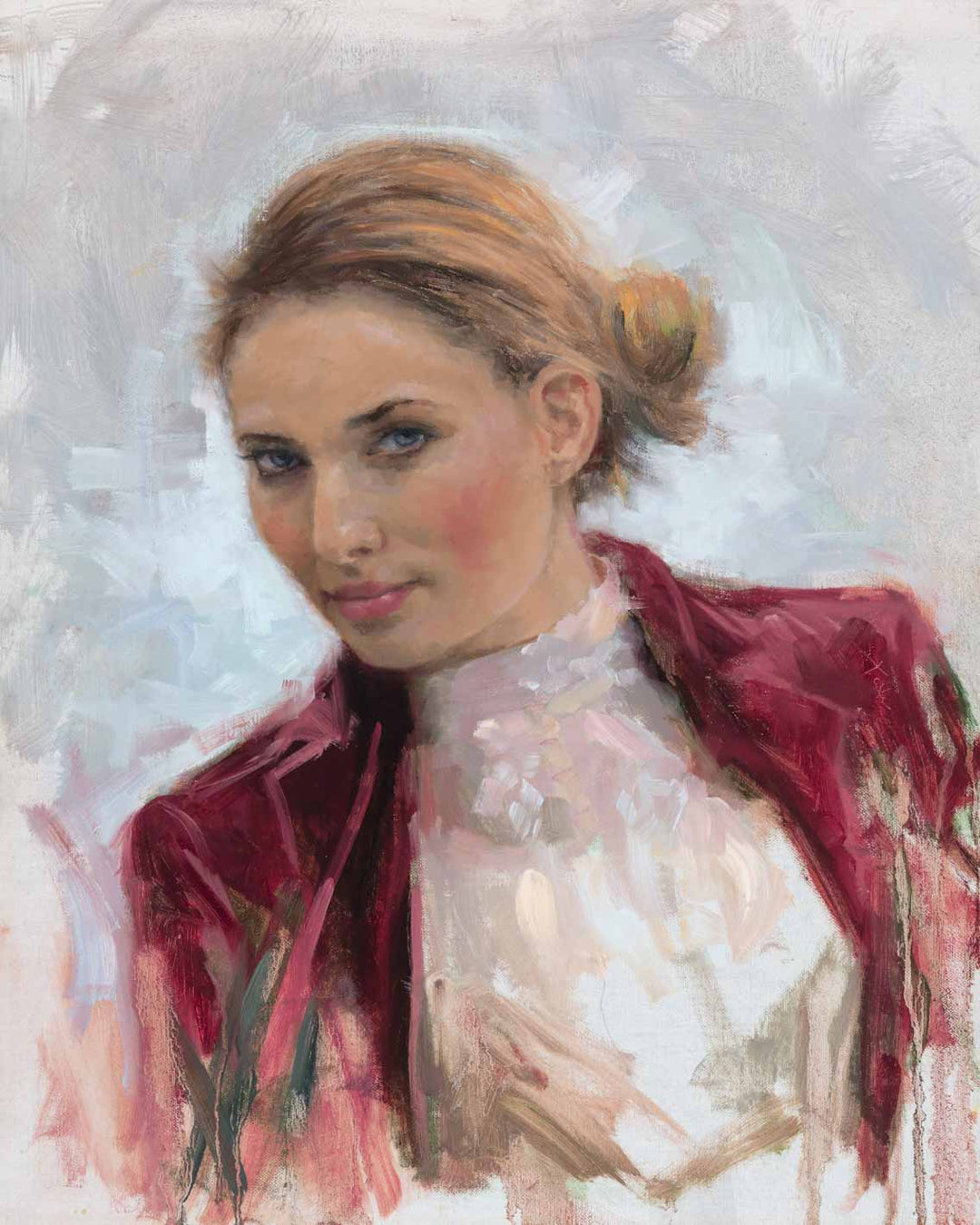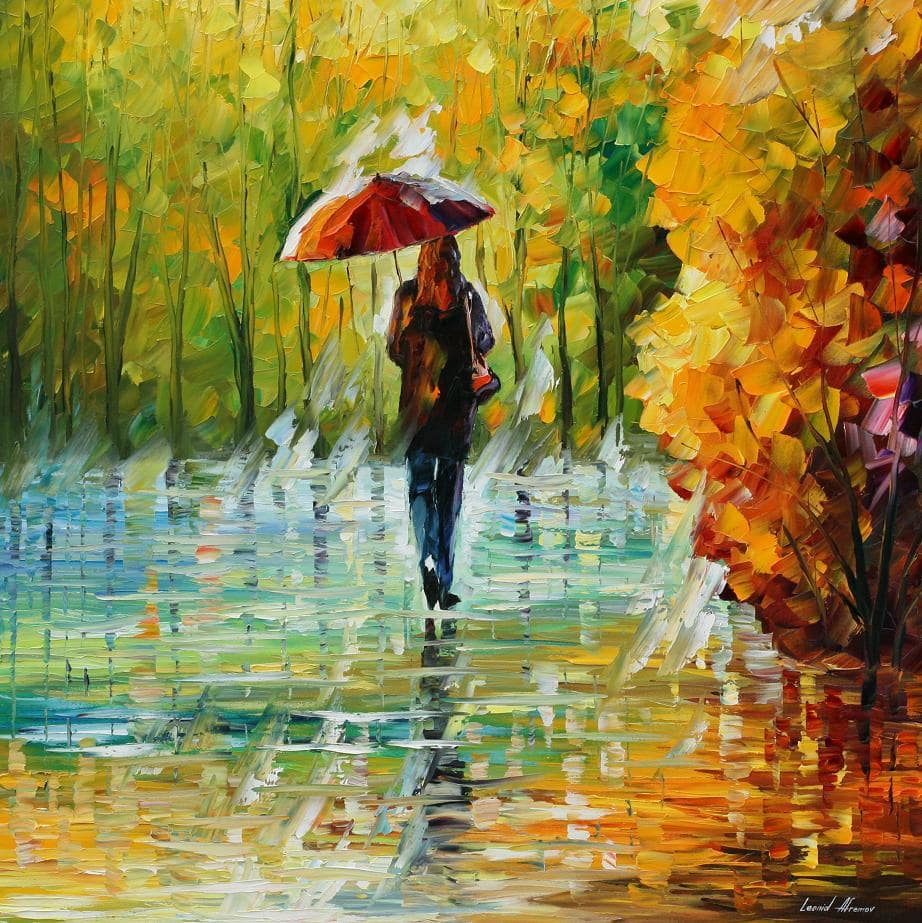Reasonably Priced New and Old Oil Paintings for Sale
Reasonably Priced New and Old Oil Paintings for Sale
Blog Article
Discovering All Concerning Oil Paints: An Overview to Comprehending Their Appeal and Value
Oil paintings have astounded target markets for centuries, supplying a glance right into the creative mastery of various periods. Their rich history is intertwined with cutting-edge strategies and extensive emotional expression. Understanding the materials and methods behind these art work can enhance gratitude. Additionally, the marketplace for oil paints offers chances for collection agencies and investors alike. As one explores this interesting world, the question emerges: what makes an oil paint really valuable?
The Background of Oil Painting: A Trip Through Time
Oil paint has roots that date back to old times, it truly grew throughout the Renaissance, when artists uncovered its convenience and abundant color possibility. Early instances can be traced to the 7th century, with methods progressing notably throughout societies. The medium came to be noticeable in Northern Europe in the 15th century, especially via the jobs of artists like Jan van Eyck, that spearheaded its use for in-depth realism and lively shades. This duration marked a departure from tempera paints, enabling greater deepness and appearance. As oil painting spread, it influenced many artists, bring about masterpieces by popular numbers such as Leonardo da Vinci and Rembrandt. The tool's legacy continues, forming the art globe well into contemporary times.
Recognizing Oil Paints: Materials and Techniques
As artists check out the globe of oil paints, they encounter a diverse variety of products and strategies that specify this medium. The primary elements of oil paint consist of pigments, which give color, and drying oils, such as linseed, that bind the pigments and help with application. Different ingredients can change the paint's texture and drying time, improving adaptability. Strategies like glazing, where clear layers are constructed up, and impasto, which entails using thick paint, enable different aesthetic results. In addition, the usage of brushes, scheme blades, and also fingers can develop unique textures and finishes. Understanding these materials and techniques allows artists to fully express their creativity and achieve the desired impact in their artwork.
The Duty of Shade in Oil Paints
Color plays a pivotal role in oil paints, influencing both visual appeal and psychological resonance. Understanding shade concept basics, consisting of the connections between hues, can improve a musician's capacity to communicate mood and environment. Additionally, understanding shade blending strategies enables for higher deepness and richness in a paint's combination.

Color Theory Basics
Understanding shade concept is crucial for musicians collaborating with oil paints, as it forms the structure for developing unified and visually appealing structures. Color concept incorporates the research of exactly how shades communicate, the shade wheel, and the connections between key, additional, and tertiary shades. Artists utilize corresponding colors to boost contrasts and develop prime focus, while analogous shades promote unity and cohesiveness within an item. Additionally, the principles of great and warm shades influence the understanding of deepness and area in a painting. Realizing these principles enables artists to adjust shade efficiently, leading the audience's eye and communicating their intended message. Proficiency of shade theory eventually improves an artist's capability to share emotions and ideas via their work.
Emotional Impact of Color
The psychological impact of shade in oil paints plays a critical role in exactly how visitors perceive and link with art work. Shades stimulate specific feelings and state of minds, influencing the audience's emotion. As an example, cozy hues like oranges and reds can create a sense of heat and power, while amazing tones such as blues and environment-friendlies typically stimulate peace or self-questioning. Artists tactically select shade palettes to enhance narrative elements, guiding the audience's emotional trip. The saturation and comparison of shades additionally intensify these results, attracting attention and creating emphasis. Eventually, the interplay of colors in oil paints not just improves their visual allure yet likewise offers as an effective medium for psychological expression, enhancing the visitor's experience and interpretation.
Color Mixing Techniques
While many elements of oil painting contribute to the total make-up, grasping color blending strategies is essential for attaining preferred effects and deepness. Color mixing can be come close to through numerous techniques, including the additive and subtractive processes. Additive blending involves combining shades of light, while subtractive mixing counts on pigments, where colors mix to produce new tones. Artists typically utilize a limited scheme to produce unified works, understanding the partnerships between primary, additional, and tertiary colors. Strategies such as glazing and scumbling better improve deepness and brightness. By masterfully mixing shades, an artist can stimulate emotions, develop prime focus, and attain a sense of realistic look, inevitably raising the paint's psychological and aesthetic influence.
Famous Oil Painters and Their Iconic Works

Famed for their mastery of shade and technique, oil painters have developed some of the most celebrated artworks in background. Distinguished musicians like Vincent van Gogh astounded target markets with his stirring brushwork in "Starry Evening," while Claude Monet's "Impact, Sunup" prepared for Impressionism. Leonardo da Vinci's "Mona Lisa" remains an enduring symbol of artistic genius, showcasing his skill in capturing human expression. Rembrandt's "The Evening Watch" highlights his ingenious usage of light and darkness. Various other notable figures include Pablo Picasso, who reinvented modern art with his strong trial and error in works like "Les Demoiselles d'Avignon," and Georgia O'Keeffe, whose vibrant depictions of flowers and landscapes assisted specify American innovation. Each musician's one-of-a-kind design added greatly to the oil painting landscape.
Exactly how to Examine the High Quality of an Oil Paint
Examining the top quality of an oil paint includes a mindful evaluation of workmanship methods, in addition to an evaluation of shade and structure. Observing brushwork, layering, and the application of paint can reveal the musician's ability level. In addition, the interplay of colors and the total setup of elements add considerably to the paint's visual value.
Evaluating Craftsmanship Techniques
A thorough analysis of workmanship techniques is essential for determining the top quality of an oil painting. Evaluators should first analyze the application of paint; thick, distinctive brushstrokes might suggest a proficient hand, while excessively uniform applications can suggest a lack of deepness. oil paintings for sale. The layering strategy is likewise important; the presence of lusters and varied density can enhance luminance and complexity. Furthermore, the high quality of the products utilized, such as the canvas and pigments, plays a considerable role in toughness and general visual. Interest to detail in elements like sides and shifts between colors shows the musician's dedication to their craft. Ultimately, these methods add to the paint's emotional effect and market worth, functioning as indicators of the artist's ability and intent
Assessing Color and Composition
While reviewing the quality of an oil painting, one need to concentrate on the interaction of color and composition, as these aspects are fundamental to the art work's overall effect. Shade choices can stimulate feelings and establish state of mind; therefore, the artist's scheme ought to be taken a look at for harmony and contrast. A healthy make-up directs the customer's eye and creates a sense of unity. Artists often employ techniques like the guideline of thirds or leading lines to enhance visual interest. Additionally, using light and shadow can add depth, boosting the three-dimensionality of the paint. Ultimately, a successful oil painting weds shade and structure, engaging the viewer and inviting a much deeper appreciation of the musician's vision and strategy.
Taking care of and Preserving Oil Paintings
Appropriate care and preservation of oil paintings is essential for keeping their honesty and longevity. To safeguard these art work, it is essential to display them away from direct sunshine, which can trigger fading and discoloration. Keeping a secure atmosphere with controlled temperature level and humidity further aids in preventing damages. Cleaning up ought to be done carefully utilizing a soft, dry fabric, avoiding any kind of extreme chemicals that might hurt the paint or varnish. Regular assessments for indications of degeneration, such as flaking or splitting, are a good idea. When moving or saving oil paintings, proper extra padding and framework are needed to prevent physical harm. Ultimately, attentive treatment contributes to the aesthetic allure and worth of oil paintings with time.
The Marketplace for Oil Paintings: Investing and collecting
Comprehending the marketplace characteristics for oil paints is essential for capitalists and collectors alike. The value of these artworks is affected by numerous aspects, consisting of the artist's reputation, historic relevance, and present patterns. Collection agencies commonly look for pieces that resonate directly while taking into consideration prospective appreciation in value. Auctions and galleries offer as primary locations for trading, with rates varying based on demand and rarity. Purchasing oil paints calls for research right into the market, as well as an understanding of authenticity and provenance. Furthermore, arising musicians might supply possibilities for significant returns, while established click here names can command high prices. In general, a critical method to collecting can yield both aesthetic pleasure and financial rewards.

Frequently Asked Concerns
What Are the Ecological Impacts of Oil Paint Products?
The ecological impacts of oil painting materials include the launch of volatile natural compounds (VOCs), unsafe waste generation, and resource removal for pigments. These elements contribute to contamination and eco-friendly destruction, raising concerns among environmentally mindful artists and consumers.
Exactly How Do Different Canvases Impact Oil Painting Results?
Different canvases influence oil painting results substantially. Surface area, texture, and absorbency quality can change paint application, drying out times, and color vibrancy. Artists often select details canvases to achieve preferred results and enhance their creative expression.
Can Oil Paintings Be Brought Back if Harmed?
If damaged, Oil paintings can undoubtedly be recovered. Professional conservators utilize different strategies to fix tears, clean surfaces, and address staining, guaranteeing that the art work retains its original charm and value for future generations.
What Are the Indications of an Initial Oil Paint?
The indicators of an initial oil paint consist of noticeable brush strokes, appearance variants, and an uneven canvas weave (oil paintings for sale). Additionally, authenticity may be verified with provenance, trademarks, and the visibility of a varnish layer one-of-a-kind to oil tools
Exactly How Has Innovation Influenced Modern Oil Paint Techniques?
Innovation has actually considerably influenced modern-day oil painting strategies by introducing electronic tools for preparation, enhanced products for texture and long life, and online systems for sharing and selling art, thereby broadening artists' innovative opportunities and audience get to. Oil paint has roots that date back to old times, it genuinely prospered during the Renaissance, when artists discovered its versatility and rich shade potential. The emotional effect of shade in oil paintings plays a crucial function in exactly how visitors attach and regard with art work. While many elements of oil painting add to the total make-up, mastering shade blending techniques is crucial for achieving desired impacts and deepness. Examining the quality of an oil paint includes a careful analysis of craftsmanship strategies, as well as an analysis of shade and structure. While assessing the high quality of an oil paint, one should focus on the interaction of shade and composition, as these elements are essential to the artwork's general effect.
Report this page